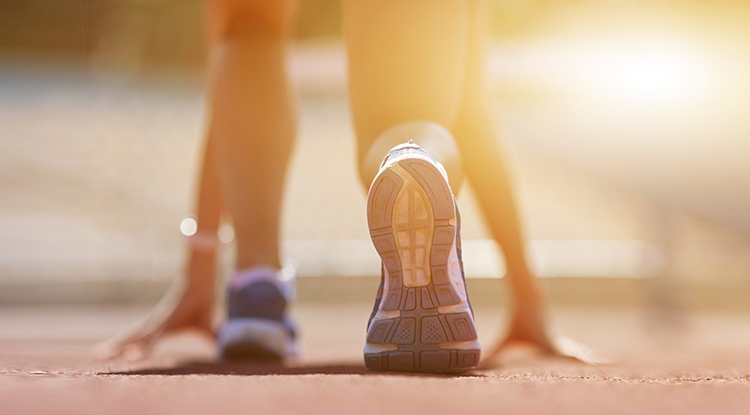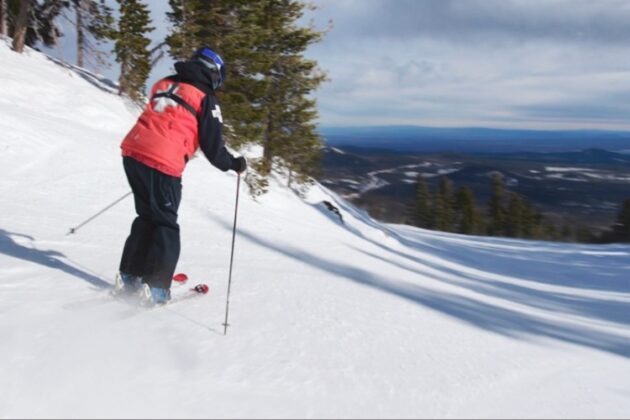
Did you know Bend, Oregon was voted “America’s Best Trail Running Town” by the editors of Outside Magazine? With an abundance of sun, 51 miles of in-town trails, and hundreds of miles of trails just a short drive from town, it doesn’t really surprise us! Throughout the year, Bend plays host to a long list of running events for every age and ability of runner. Race training is a great way to stay active and healthy, but it’s important to not burn yourself out. Whether you’re running your first 5K or training for your next marathon, here are some tips to help you make it to the finish line.
Build up slowly.
Running too much, too soon can often cause injuries, joint pain, or burnout. Gradually increase the amount of training you do, along with the intensity of your training. Give yourself 3 or 4 weeks to build up your strength and endurance, and then increase your mileage. A good rule of thumb for beginners is to increase mileage by 10% per week.
Always warm-up.
Although stretching alone won’t necessarily decrease your risk of injury, maintaining flexibility can improve performance and prevent injuries. Come up with a regular routine of stretching or dynamic movement to help loosen your muscles, improve range of motion, and increase circulation. If your training plan includes speed work, make sure your workout includes at least one mile of warm-up and cool-down.
Listen to your body.
It’s never a good idea to push through the pain. Of course, it is difficult to pause training, and minor aches and pains are bound to happen, but pain that causes you to limp or change your running mechanics could be causing long-term harm. If you experience pain that worsens as you run, start walking instead of running to finish your miles for the day. Listen to your symptoms and get them evaluated quickly to get any joint or muscle problems addressed, and get back to running!
Cross-train.
Strength training can help with endurance, overall strength, and reduce muscle fatigue that leads to poor performance and injuries. Cross-training will help maintain aerobic fitness while giving your body a break from the impact force of running. Don’t forget to take some rest days, too!
Wear the right shoes.
Not all running shoes are created equal! The perfect style of shoe will depend on your foot type and running type. Do you run on trails, or stick to the pavement? Are you looking for cushioning or support? For regular runners, shoes should also be switched out every 300-500 miles, or 4-8 months. Wearing the right shoe can prevent serious foot injury and pain.
Prepare for success.
Experienced runners and beginners alike experience pre-race nerves. Remember to trust in your training and try to avoid negative thoughts. The day before race day, make sure and get plenty of rest and stay hydrated. Eat a typical meal that you have had before a training run, don’t try anything new. Visualize success, stay focused, and enjoy that amazing feeling as you cross the finish line!





